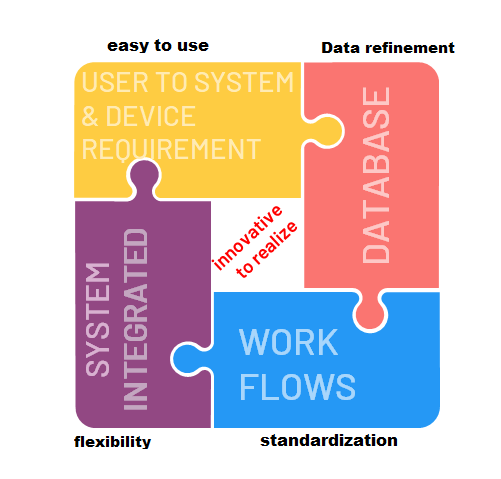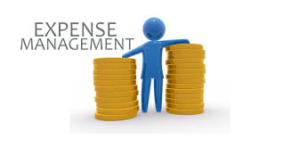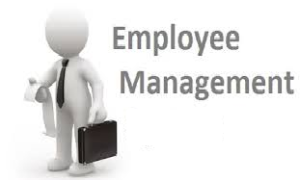Enterprise resource planning (ERP)
The purpose of this concept is to design information systems in monitoring activities and management of goods in the enterprise functions that pay attention to desired aspects.
The implementation of this system is carried out starting from the project preparation stage, then the business blueprint, realization, and final preparation without going live.
The results of this projects are configuration and design customization of desired systems integrated with procurement, production, sales systems and more using affordable applications that can solve problems in the company and pay attention to desire reachable aspects
DESIGN workflow
| Preparation | Blueprint | Realization | Final Preparation |
| Initial Planning Procedure Kick off Technical requirement Quality check preparation | Business process analysis Business process definition Quality check | Baseline configuration System management Final configuration and confirmation Develop program and Interface Final Integration Quality check | Cutover/parallel Quality check |
| Try to understand what are users expectations, what their current situation is and where the gaps is. Try to fix the critical issues and enable the user to take control of their ERP sulation, maximizing productivity and efficiency. | Understand what the user expects from the required customizations. | Customizations as per respective business workflow by analyze complete workflow in detail before initiating any customization | Healthcare industry : specifically focused on enhancing the quality and operational efficiency while reducing costs and increasing its values. |
data that is realtime and the business processes of each part of the company, can be integrated and are properly monitored.
MODEL structure

Level 1 :
objectives formulation – Plan, Source, Make, Deliver and Return.
Level 2 :
categories distinguishing ‘Planning’, ‘Execution’ and ‘Enable’. Make and Deliver is further divided into ‘Make-To-Stock’, ‘Make-To-Order’ and possible process categories. It is able to configure its existing and desired supply chain with this scheme.
Level 3 :
information (and module software) is needed to determine feasible.
objectives for the improved supply-chain.
Level 4:
the implementation. changes are unique, so specific elements are not defined; only guidelines and best-practices are described.

Functional Modules & workflow
- Sales Management
- Customer Relationship Management CRM
- Inventory Managment
- Purchasing Management
- Human Resources Management
- Expense Management
- Timesheet Management
- Employee Management
- Structure
 Helps to automate your entire order to cash flows by optimizing processes and deliver on time.
Helps to automate your entire order to cash flows by optimizing processes and deliver on time.
The process of taking, approving, scheduling, tracking, fulfilling and being paid for orders is the regular and day to day activities of your business.
Provides you with complete information related to the Sales department.
You can easily check the information on the invoicing, deliveries, follow up, trace-ability, and so on.
Sales management is tightly integrated with CRM and Inventory.
![]()
 Helps the user to manage a company’s interaction with current and potential customers.
Helps the user to manage a company’s interaction with current and potential customers.
This helps the company to establish a business relationship with new customers
and
improve the relationship with existing customers specifically focusing on customer retention and ultimately driving sales growth.
Helps to focus mainly on Sales funnel.
This helps to manage lead, nurture the leads, manage lead pipeline and lead scoring and convert the leads to orders.
![]()
 Important for businesses of any size.
Important for businesses of any size.
Knowing
when to restock certain items,
what amounts to purchase or produce,
what price to pay – as well as when to sell and at what price
– can easily become complex decisions.
Small businesses will often keep track of stock manually and determine to reorder points and quantities.
Larger businesses will use specialized enterprise resource planning (ERP) software.
Helps you to manage the process of ordering, storing, consuming
and
selling of Company’s Inventories such as Raw Materials, Spares, and finished products.
It also helps you to manage maximum/minimum Inventory levels, facilitating maximum orders and initiating timely deliveries.
 Helps to procure goods and services from external agencies for the company/organization.
Helps to procure goods and services from external agencies for the company/organization.
These procured materials will either be raw materials for production or resalable product.
The purchase module tightly integrated with Inventory.
Effectively management of organization’s workers.
Human Resource is a practice of recruiting, hiring and deploying resources to perform the activities of an organization.
![]()
 Helps to manage employee’s daily expenses
Helps to manage employee’s daily expenses
such as
travel expenses, office supplies or any other employee/office expenditure in an easy and flexible way.
Employees can record their expenses and easily attach scanned copies of their bills to an expense record for the manager’s approval.
Managers can access all receipts and expense submissions, validate or reject them quickly with just a single click.
The manager has to provide the reason if he rejects the expense record.
Approved Expense records will be verified by accountants, records their expenses into books and processing invoices and payments.
![]()
 Timesheets are produced by each employee as they work on different cases or projects that are running.
Timesheets are produced by each employee as they work on different cases or projects that are running.
Throughout the day, when employees work on one project or another, they add a line to the timesheets with details of the time used on each project.
At the end of the day, each employee must mark all the time worked on client or internal projects to make up the full number of hours worked in the day.
Not intended to be a disguised attendance form.
There is no control over the service times and the employee is free to encode 8 or 9 hours or more of services each day if they want.
The objective here is not to control hours, because the employees decide for themselves what they will be entering
– but to track the tasks running and the allocation of costs between them is the responsibility of the management.
![]()
 Helps to track employees, their job title, Contract period, salary structure,
Helps to track employees, their job title, Contract period, salary structure,
Leave, attendance and timesheets in an effective may
and helps accounting department to generate payroll every month.
One can easily scan and assemble the details across several organizational departments.
Helps the company to set privileges over the information distribution among HR professionals and the public.
The pop-up notification for new leave requests request for allocation, appraisal application makes the internal communication transparent and efficient.
![]()
System consists of two main components:
1) The database server, which contains all the databases, each database contains part of system settings and all customer data.
2) Application service, it contains all enterprise logic and guarantees the optimal performance of the System
The database service and the System service can be installed on the same server,
or distributed on different computers for performance reasons.